Camponotus friedae is a large, slow-growing ant species of western Asia. Known for its polymorphic workers and striking coloration, it typically nests in dry wood or soil. Colonies are calm, nocturnal, and develop gradually, but queens are long-lived and highly resilient. Ideal for experienced keepers who prefer large, elegant ants with stable colony dynamics and moderate activity.
Camponotus friedae
319,90 zł – 449,90 zł
| Behavior | |
|---|---|
| Difficulty in breeding | |
| Origin | |
| The size of ants | |
| Wintering |
Artikelnummer:
AOTA340
Kategorie: Ants
Schlagwörter: ant, Ant Atlas, ant colony, ant on top, antontop, atlas, Atlas de hormigas, Atlas Mrówek, book, Brachymyrmex laevis, Camponotus aethiops, Camponotus cruentatus, Camponotus petersii, Crematogaster rochai, Queen of ants
Beschreibung
Camponotus friedae
Colony Type: Monogyny (rarely polygyny)
Colony Size: Up to 3,000–6,000 workers
Development Speed: Slow to moderate
Size:
Queen: 12–14 mm
• Workers: 6–10 mm
• Polymorphic species — minor and major workers present
Diet:
• Insects: fruit flies, roaches, mealworms, waxworms
• Sugar sources: sugar syrup (3:1 water to honey or sugar), honey, maple syrup
• Soft fruits: banana, apple, grape
• Protein jelly (safe for formicaria)
• Occasional treats: tiny bits of cooked egg or tuna (unseasoned)
• Strong scavengers — will clean up dead insects efficiently; remove remains to avoid mold
Behavior and Activity:
Camponotus friedae are primarily nocturnal foragers, becoming most active in the late evening and night. They are slow but deliberate in their movements, often forming distinct pheromone trails once a reliable food source is located. While not as aggressive as other Camponotus, they are highly territorial and will defend their nest if disturbed.
Optimal Conditions:
• Humidity: Arena: 30–50% | Nest: 50–70%
• Temperature: Arena: 22–28 °C | Nest: 24–27 °C
• Diapause recommended: 3 months at 6–10 °C during winter
Species Overview:
Camponotus friedae is a large and elegant ant species native to southeastern Europe and parts of western Asia. It inhabits dry, warm forests, rocky hillsides, and open woodlands, often nesting in decayed wood, under bark, or within soft, dry soil near stumps. Their striking size and contrast between dark brown/black bodies and lighter legs make them stand out among other Camponotus.
Colonies grow slowly at first but develop into impressive communities over several years. Queens are robust and long-lived, easily surviving over 15 years in captivity with proper care. Due to their nocturnal habits, observers may need red light or dim conditions to witness full foraging behavior.
They adapt well to plaster nests, wooden setups, or Ytong/hybrid designs that allow for gentle humidity gradients. Their preference for drier substrates makes them lower-maintenance compared to tropical species.
Bewertet mit 0 von 5
0 reviews
Bewertet mit 5 von 5
0
Bewertet mit 4 von 5
0
Bewertet mit 3 von 5
0
Bewertet mit 2 von 5
0
Bewertet mit 1 von 5
0
Schreibe die erste Bewertung für „Camponotus friedae“ Antworten abbrechen
Das könnte dir auch gefallen …
Carebara diversa
320,00 zł – 1299,90 zł
Ausführung wählen
Dieses Produkt weist mehrere Varianten auf. Die Optionen können auf der Produktseite gewählt werden
Dinomyrmex gigas
2599,90 zł – 5690,90 zł
Ausführung wählen
Dieses Produkt weist mehrere Varianten auf. Die Optionen können auf der Produktseite gewählt werden
Pheidole dugasi
379,90 zł – 799,90 zł
Ausführung wählen
Dieses Produkt weist mehrere Varianten auf. Die Optionen können auf der Produktseite gewählt werden
Ähnliche Produkte
Polyrhachis Rastellata
Ausführung wählen
Dieses Produkt weist mehrere Varianten auf. Die Optionen können auf der Produktseite gewählt werden
Polyrhachis Risoxa
Ausführung wählen
Dieses Produkt weist mehrere Varianten auf. Die Optionen können auf der Produktseite gewählt werden
Ponera Coarctata
Ausführung wählen
Dieses Produkt weist mehrere Varianten auf. Die Optionen können auf der Produktseite gewählt werden
Proformica Ferreri
Ausführung wählen
Dieses Produkt weist mehrere Varianten auf. Die Optionen können auf der Produktseite gewählt werden
Proformica Nasuta
Ausführung wählen
Dieses Produkt weist mehrere Varianten auf. Die Optionen können auf der Produktseite gewählt werden
Rhytidoponera Metallica
Ausführung wählen
Dieses Produkt weist mehrere Varianten auf. Die Optionen können auf der Produktseite gewählt werden
Stictoponera Coxalis
Ausführung wählen
Dieses Produkt weist mehrere Varianten auf. Die Optionen können auf der Produktseite gewählt werden
Tapinoma Nigerrimum
Ausführung wählen
Dieses Produkt weist mehrere Varianten auf. Die Optionen können auf der Produktseite gewählt werden


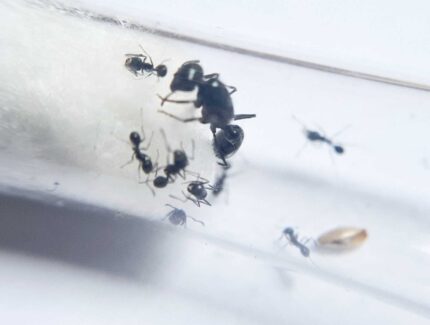
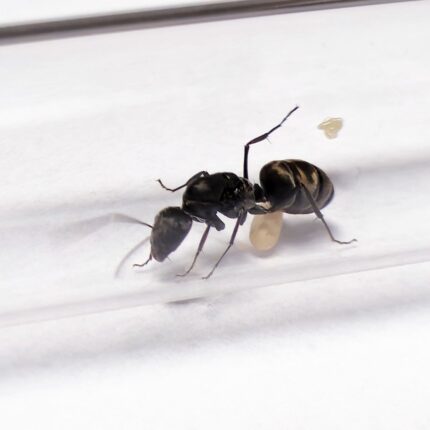
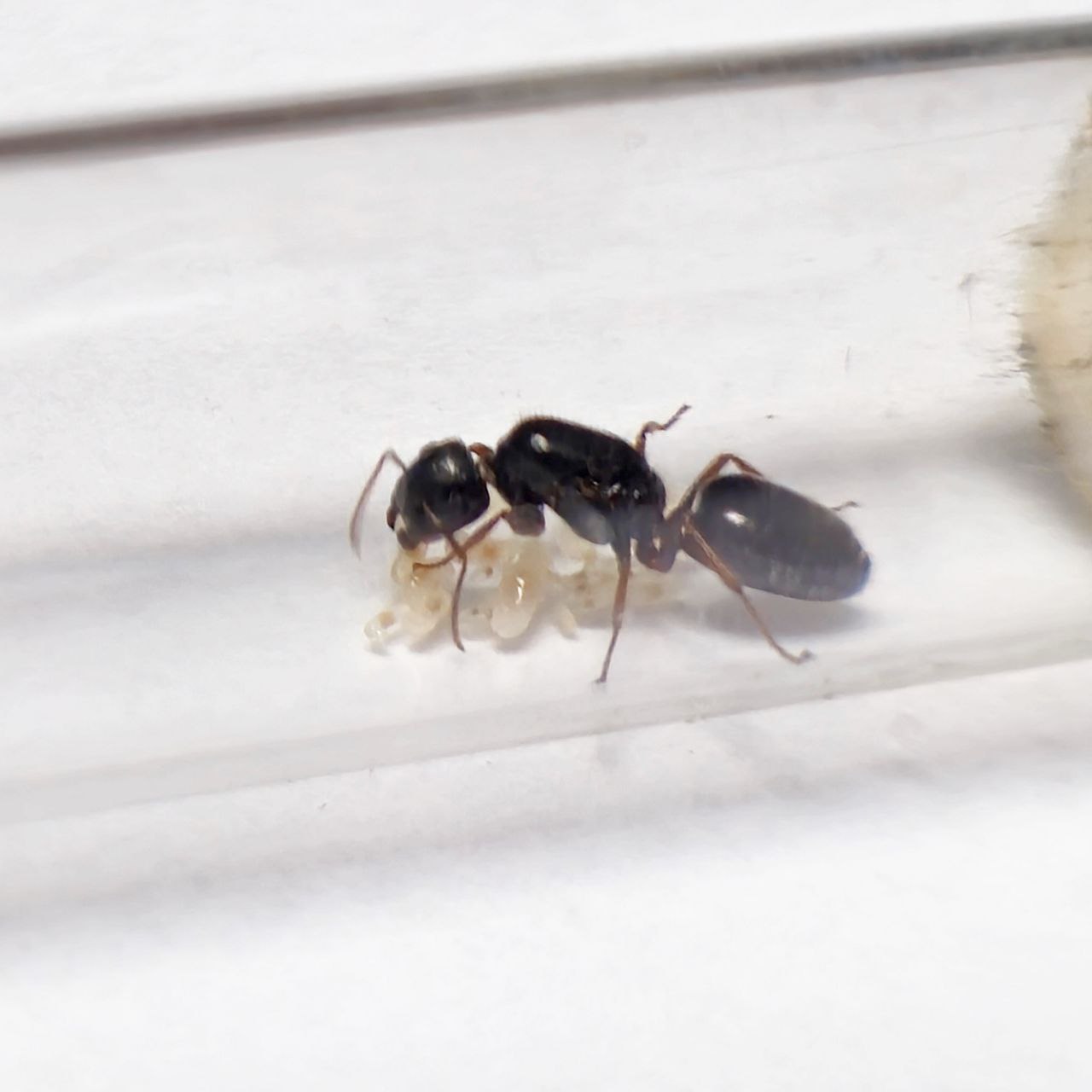
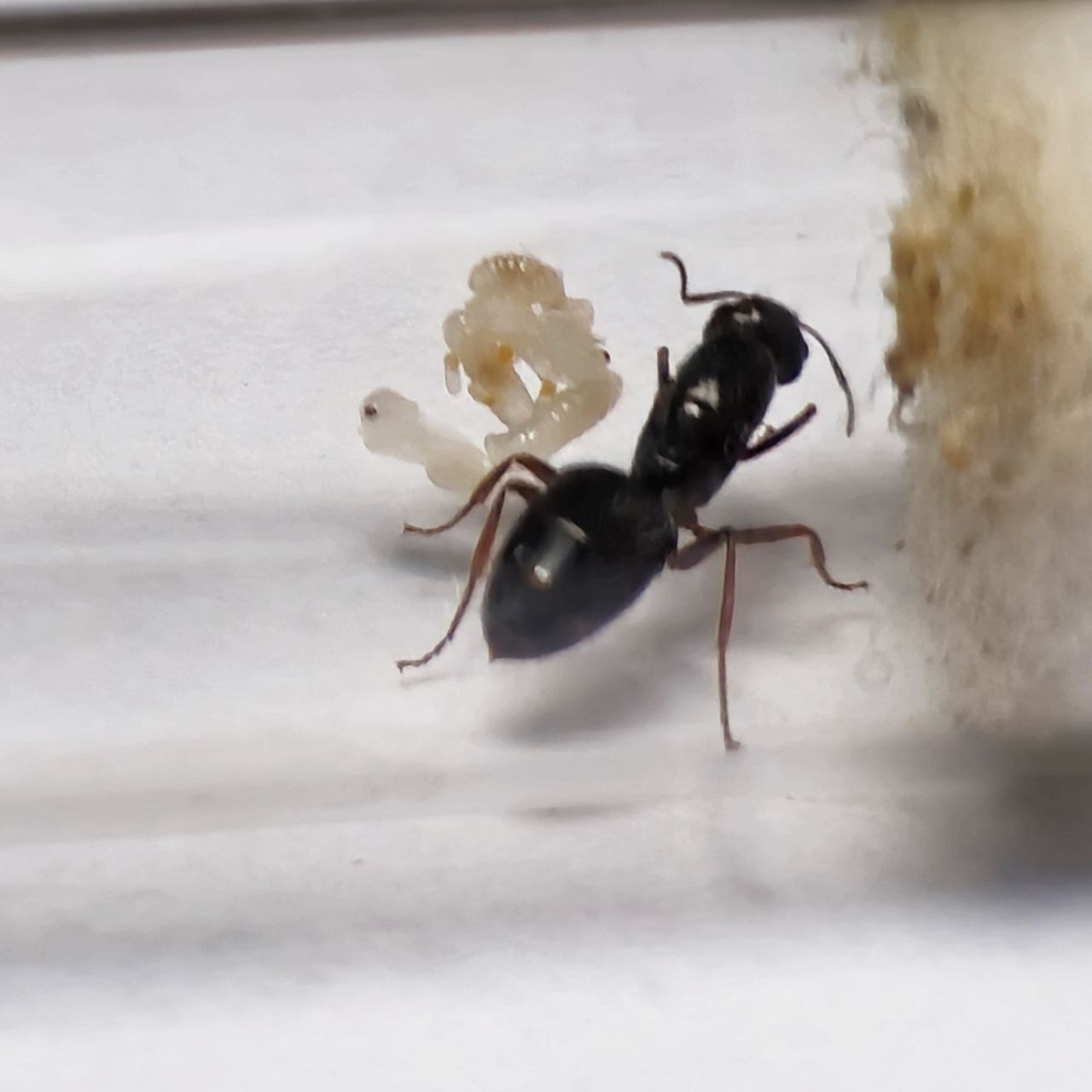
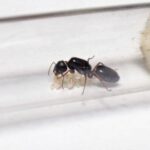
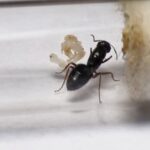
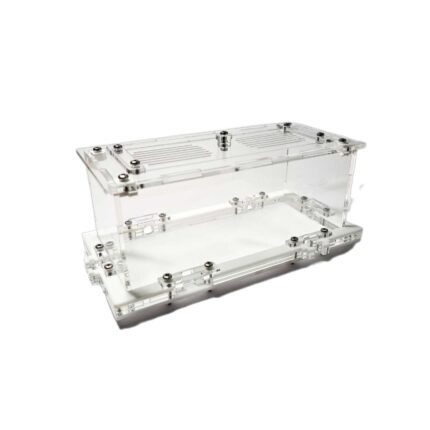
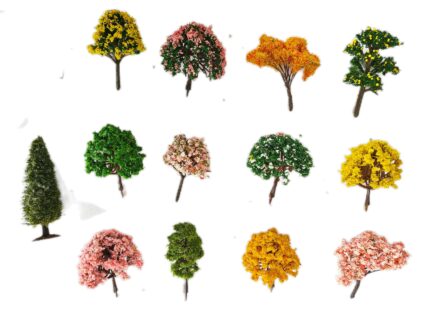


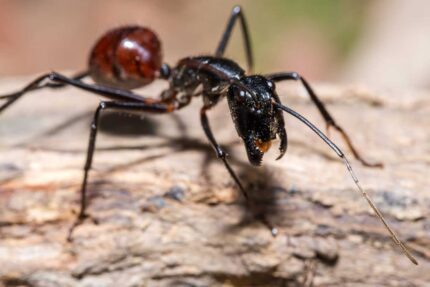
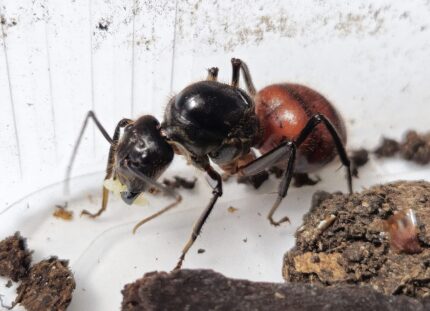
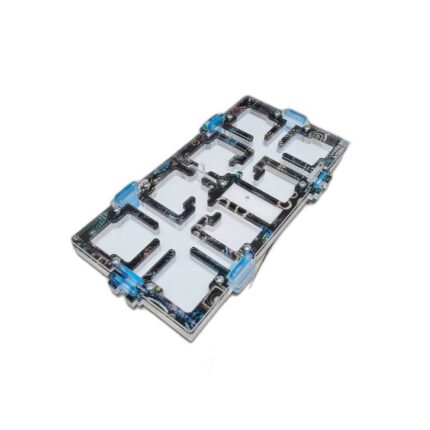
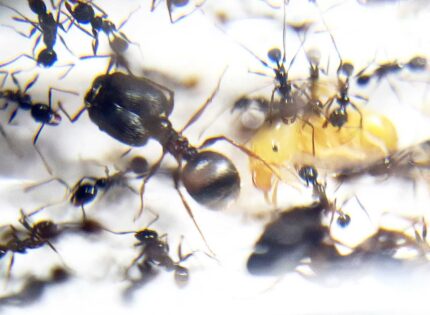
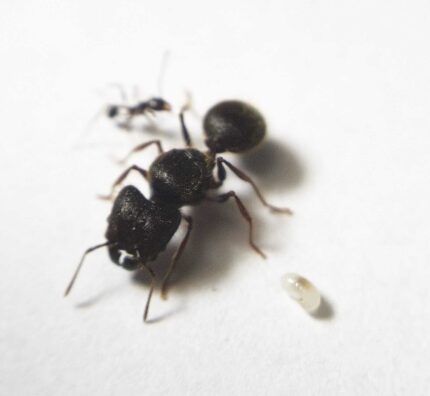

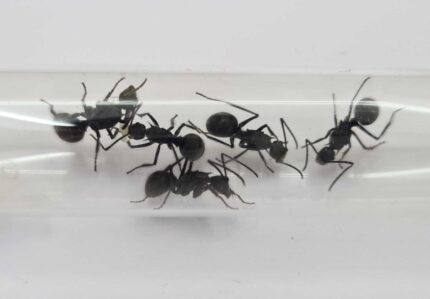
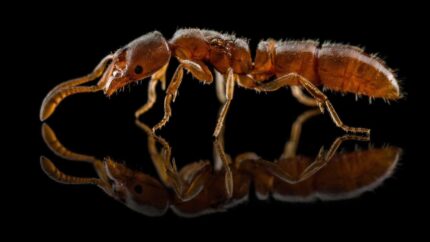
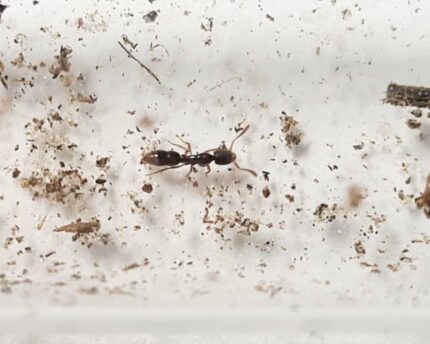
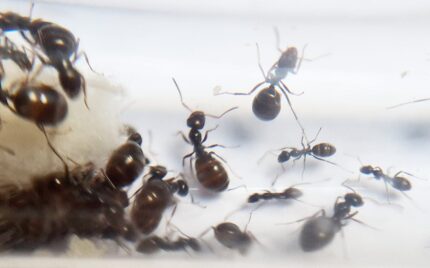
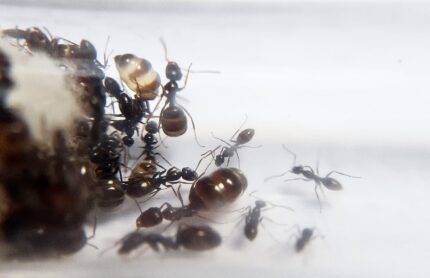
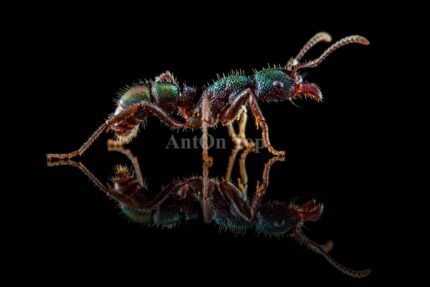
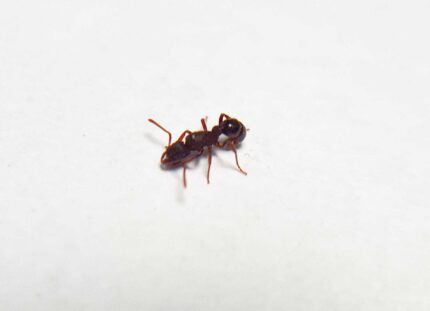
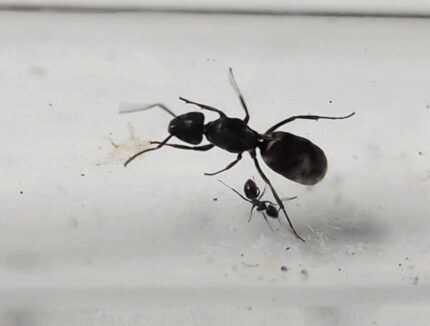
Bewertungen
Clear filtersEs gibt noch keine Bewertungen.